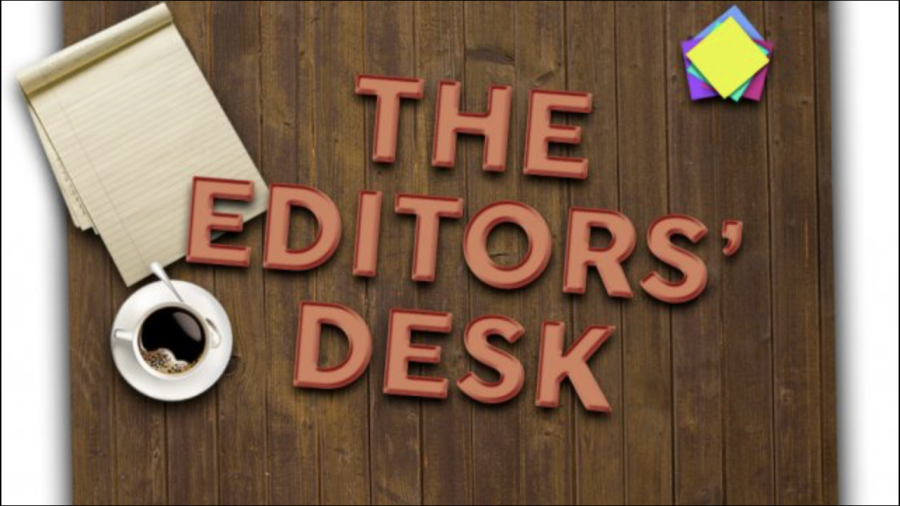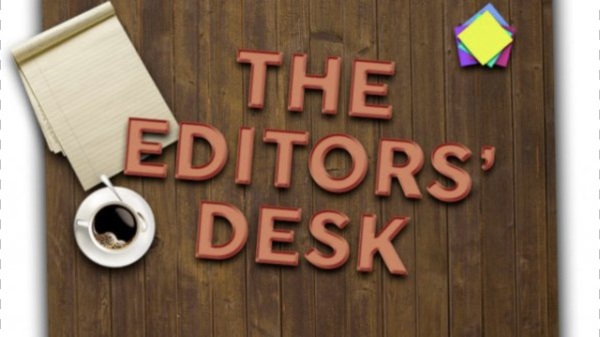Double-check the checkmark
As of Wednesday of this week, any old Twitter user can get a blue verification check for the low cost of $7.99 a month. Well, “low” if you don’t count the cost of disinformation, digital identity theft or anything else that comes with users grabbing a symbol that was once used to mean that an account was authentic, active and notable.
Elon Musk, who recently gained ownership of Twitter, tweeted, “widespread verification will democratize journalism & empower the voice of the people.” But as of Wednesday, Twitter users have already abused their blue checkmarks and the ability to change their display names. According to NBC, celebrities like LeBron James all the way to companies like Nintendo has been impersonated. While these accounts have been suspended for violating Twitter policy, the threat of rampant disinformation remains.
A Pew Research Study of American journalists found that 71% of journalists identified “made-up news and information” as a big issue they run into, with 40% of journalists thinking news organizations poorly manage or correct false information. Social media profiles are high on the list of places journalists go to research people, brands and other entities. Removing the credibility of the blue checkmark on Twitter makes it easier for bad actors to spread false information as entities they are not. It doesn’t matter if their accounts might eventually get suspended; all it takes for a digital fire to spread is one screenshot. Even suspensions can make it hard for journalists and the general public to trace things back to the source, creating unnecessary mass confusion.
Considering the current distrust in media and political processes, the last thing we need is another avenue for inaccurate, harmful and disruptive information to spread. It’s bad enough when people tweet under their identity wielding enough power to move masses through an app. Donald Trump, Josh Hawley and other right-wing politicians egged on the Jan. 6 insurrection via Twitter, and the app suspended Donald Trump’s account two days later after acknowledging his ability to incite violence in tweets, according to the Washington Post. Copycat accounts inevitably popped up, but none at the time were able to display the blue checkmark that indicates authenticity. False — and dangerous — information still made the rounds, but it was at least slightly easier to spot when the source was uncredible.
With open verification and editable display names, anyone can hop on Twitter and successfully pose as someone else, preying on those who don’t care to fact-check or even read a username. This isn’t just an unfortunate adjustment for the chronically online. Given Twitter’s societal impacts, this is a threat to everyone who seeks truth.
On the same day the subscription service debuted, Musk tweeted, “Please note that Twitter will do lots of dumb things in coming months.” Out of all his statements, at least we can agree on that.

I am a senior French and Earth Systems Science double major from St. Louis, MO. When I'm not wearing my EIC hat, I am also a Chapel | Spiritual Life Fellow,...





